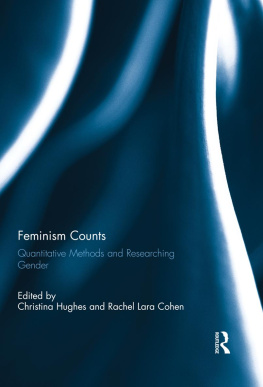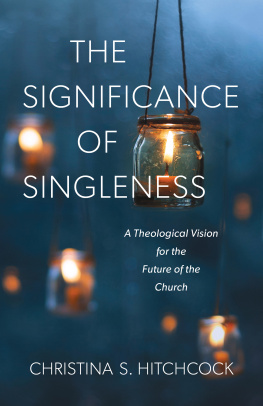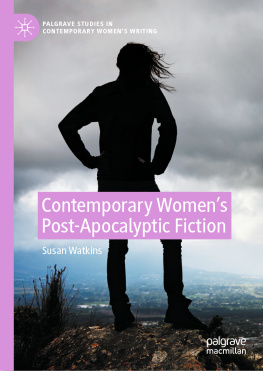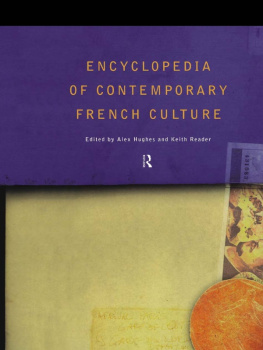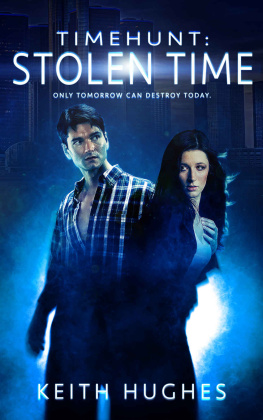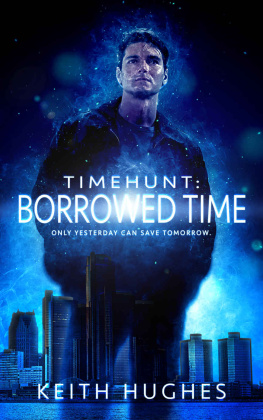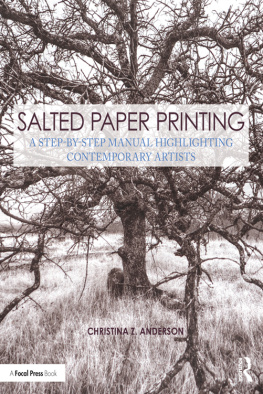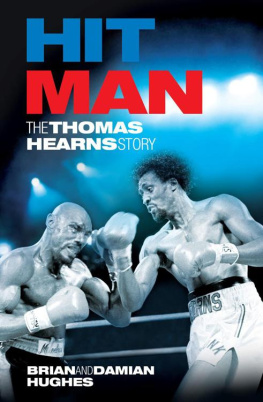WOMENS CONTEMPORARY LIVES
As increasing numbers of women return to work or education after starting or raising a family, it can no longer be assumed that education, employment and the family is a defining progression for women in the Western world.
Womens Contemporary Lives questions notions of success and equality as they are measured for women in and across the interconnected domains of work, education and family. Christina Hughes asks whether equal opportunity feminism is promising the impossible, and questions those who suggest that womens high achievement in education and the workplace means that there is no longer a need for feminism in social policy.
Exploring how age, class, race and sexuality have influenced and continue to influence womens expectations and assessments, Womens contemporary Lives points to a feminist agenda for social change based on a more inclusive and fluid interpretation of female subjectivity.
Dr Christine Hughes is a Senior Lecturer in the Department of Continuing Education, University of Warwick. She was previously co-editor of Gender and Education and currently serves on its editorial board. She is also assistant editor of Gender, Work and Organisation.
WOMENS CONTEMPORARY LIVES
Within and beyond the mirror
Christina Hughes
First published 2002
by Routledge
11 New Fetter Lane, London EC4P 4EE
Simultaneously published in the USA and Canada
by Routledge
29 West 35th Street, New York, NY 10001
Routledge is an imprint of the Taylor & Francis Group
This edition published in the Taylor & Francis e-Library, 2004.
2002 Christina Hughes
All rights reserved. No part of this book may be reprinted or reproduced or utilised in any form or by any electronic, mechanical, or other means, now known or hereafter invented, including photocopying and recording, or in any information storage or retrieval system, without permission in writing from the publishers.
British Library Cataloguing in Publication Data
A catalogue record for this book is available from the British Library
Library of Congress Cataloging in Publication Data
A catalog record has been requested
ISBN 0-203-45161-9 Master e-book ISBN
ISBN 0-203-45723-4 (Adobe eReader Format)
ISBN 0-415-23973-7 (hbk) 0-415-23974-5 (pbk)
ACKNOWLEDGEMENTS
This book has been a long time in the writing, and it would never have been completed without the support and help from some dear colleagues and friends. In particular, I want to thank Lynn Clouder, Jane McKie, Jane Martin, Carrie Paechter and Arwen Raddon for taking the time in what I know are their very busy schedules to look through and comment so helpfully on earlier drafts. I also have to thank Loraine Blaxter not only for undertaking this same job, but also for being at the end of the telephone on those frequent occasions when I needed to sound out ideas. Indeed, I count myself fortunate to have had such a stimulating colleague and friend who took such an interest in the work I was undertaking. Finally, I have to thank my partner, Malcolm Tight, who walked the dog, made the dinner, read all my drafts, corrected my spelling, kept telling me I was going to finish and has been the rock at my side. What would I have done without you? Thank you all.
All errors, omissions, misreadings and so forth are, of course, my very own.
Christina Hughes
September 2001
INTRODUCTION
Whats it about?
Whats it about? my daughter asks as she enters the room half-way through a television programme. Whats it about? my colleagues enquire politely when they discover I am in the middle of writing this book. Whats it about? I say to a student who tells me she has decided on the topic for her dissertation.
Whats it about? is not an invitation to supply a long and detailed exposition. My daughter does not want to know the aesthetics of the characterisation as they are played out through the twists and turns of the plot. My colleagues are not seeking a line-by-line, sentence-by-sentence or even chapter-by-chapter description. I do not want my student to tell me the life story of globalisation or empowerment or whatever is the topic of her dissertation. To do any of these things would be turgid in the extreme.
When we say Whats it about? we do not mean this literally in terms of Whats it all about? Rather the question is posed in a social context in which common phrases such as this carry particular sorts of meaning. When we ask Whats it about? we are seeking a brief, accessible summary. We want the reply to reveal the main story, the most salient points, an overview, a thumbnail sketch.
A simple question, then, carries meaning beyond which a literal translation of the words would suggest. This meaning is context-specific. In this case, we are all in a hurry.
But, of course, we do not always get what we want or we expect. Instead, I reply to my daughter in terms of the relationship of the plot to wider social issues. I respond to my colleagues kind enquiries by detailing how has twelve key points and the conclusion draws on a breadth of scholarship that would fill twelve libraries. And my student begins by explaining the history of globalisation or empowerment or whatever and concludes by illustrating how her research will encompass several key theories in sociology, psychology and economics.
Thus, we cannot guarantee how each of us will take up these meanings. In this way, meanings are not fixed. Sometimes we get the succinct summary. Sometimes we get the long version.
More problematically, we may decide to resist the expected response. When my colleagues ask me about my new book, I know that they are seeking a quick, brief reply. But, I think of myself as a scholar who has invested a good deal of myself in the project. Or, in the face of time-poor environments, I may have a commitment to creating developmental space for individuals. In either case I am impelled to go into great detail. It is cathartic for me. It is annoying for them.
How we respond to intended meanings is related to a sense of our identity and our political intentions. The long reply allows me to become, in those moments, the committed scholar. Or it allows me to redress the rush and hurry of academic life.
Whats it about?
Origins and aims
The origins of this text lie in my research experiences as an academic and in an observation. My research has been focused in three areas: education, employment and family. This research has often been undertaken in separate phases, and in many ways this replicates ideas of these areas as distinct fields of scholarship. For example, there are innumerable texts that are concerned with women and education, women and employment or women and family. Nevertheless, demographic changes indicate how education, employment and family no longer constitute a simple linearity in womens lives. Increasing numbers of women form part of the paid labour force and combine family and employment. Women are also taking opportunities to return to education after the birth of their children.
There is no doubt that there is a range of excellent texts that offer analyses of the combination of two of these spheres. For example, there are texts that are concerned with the familywork nexus or the relations between education and employment. Similarly, there are also excellent texts that offer overviews of feminist research in a variety of key domains relevant to the analysis of womens contemporary lives (see, for example, Pascall, 1997; Pilcher, 1999). However, these texts do not offer the reader a synthesis of these domains in terms of a unifying framework that builds on feminist theory and debate. As a result, they maintain an academic separation of spheres that much feminist research has challenged and sought to overcome.



